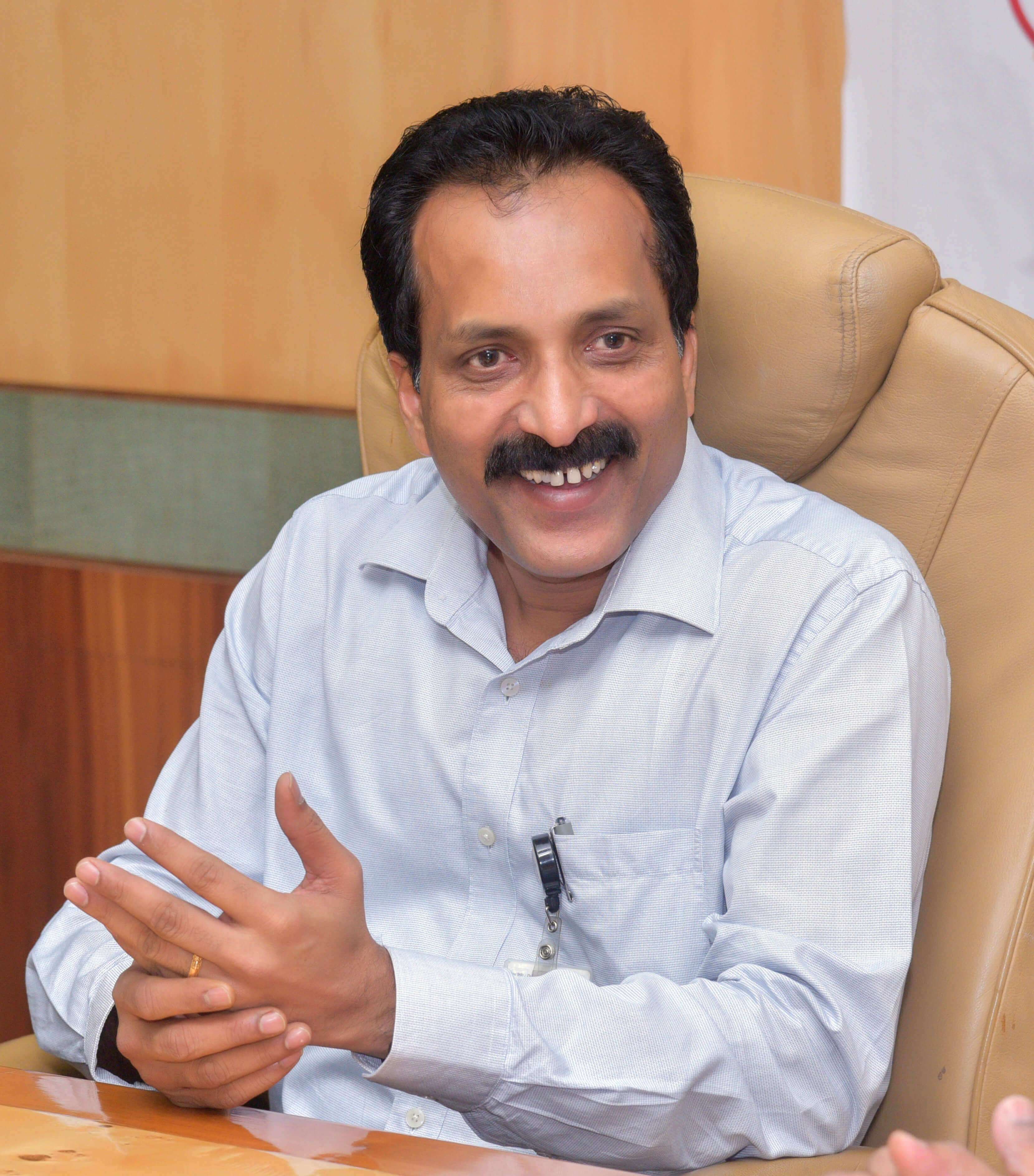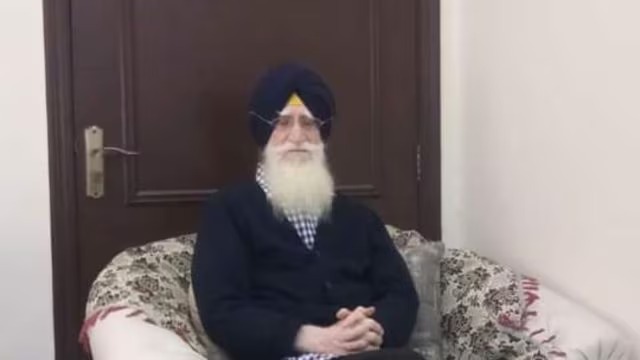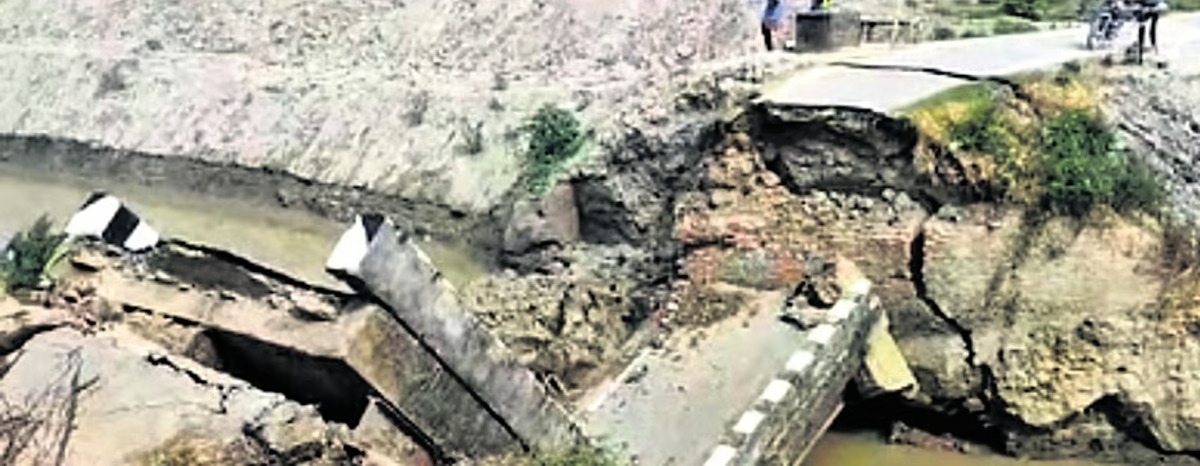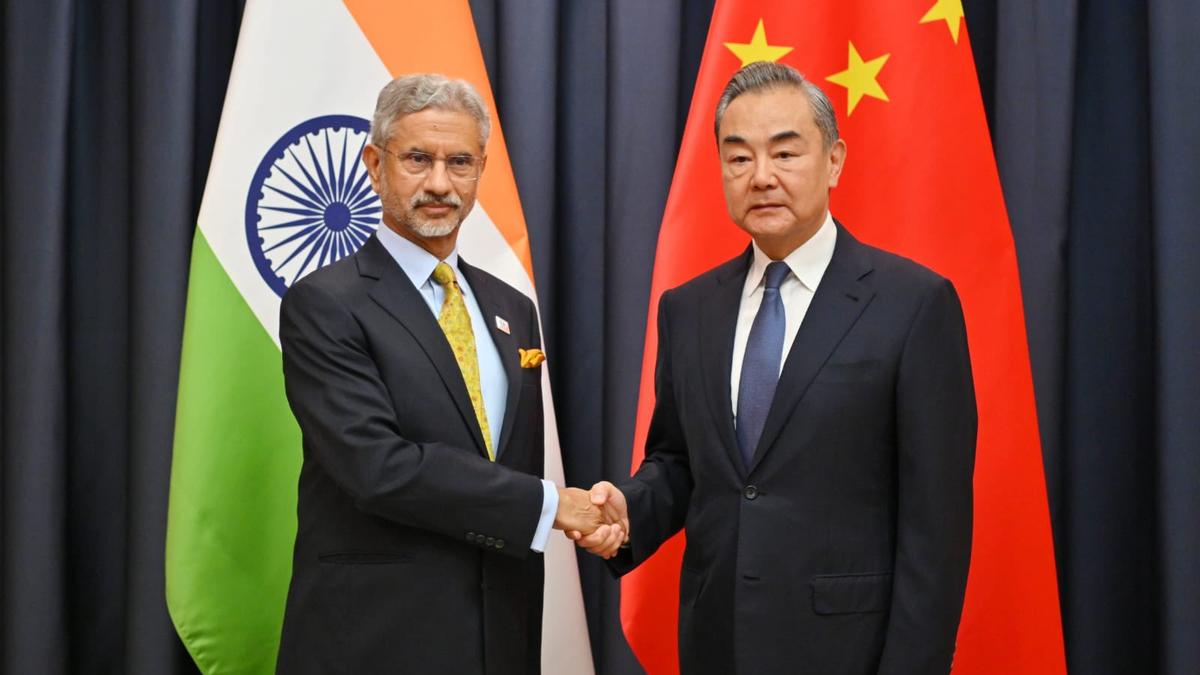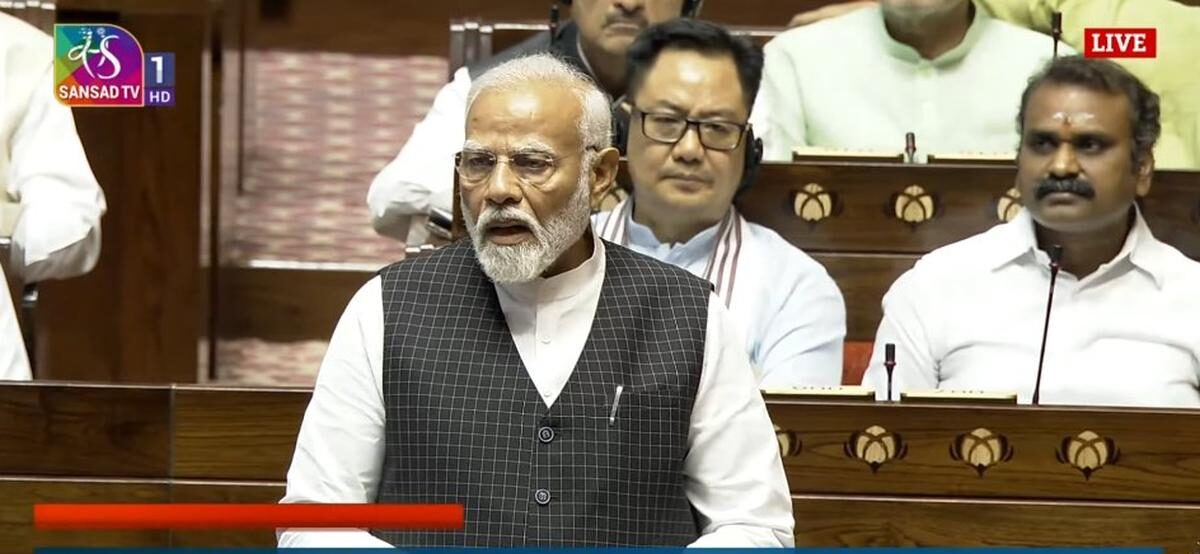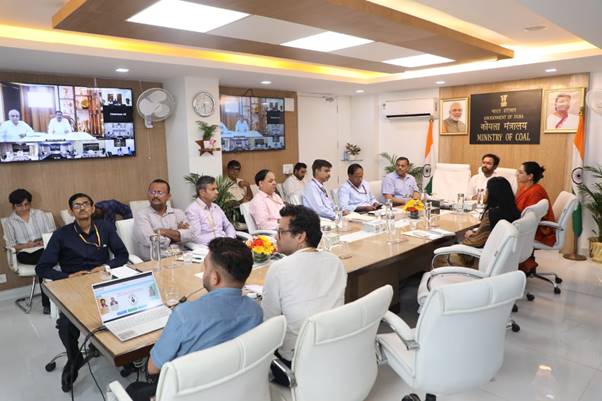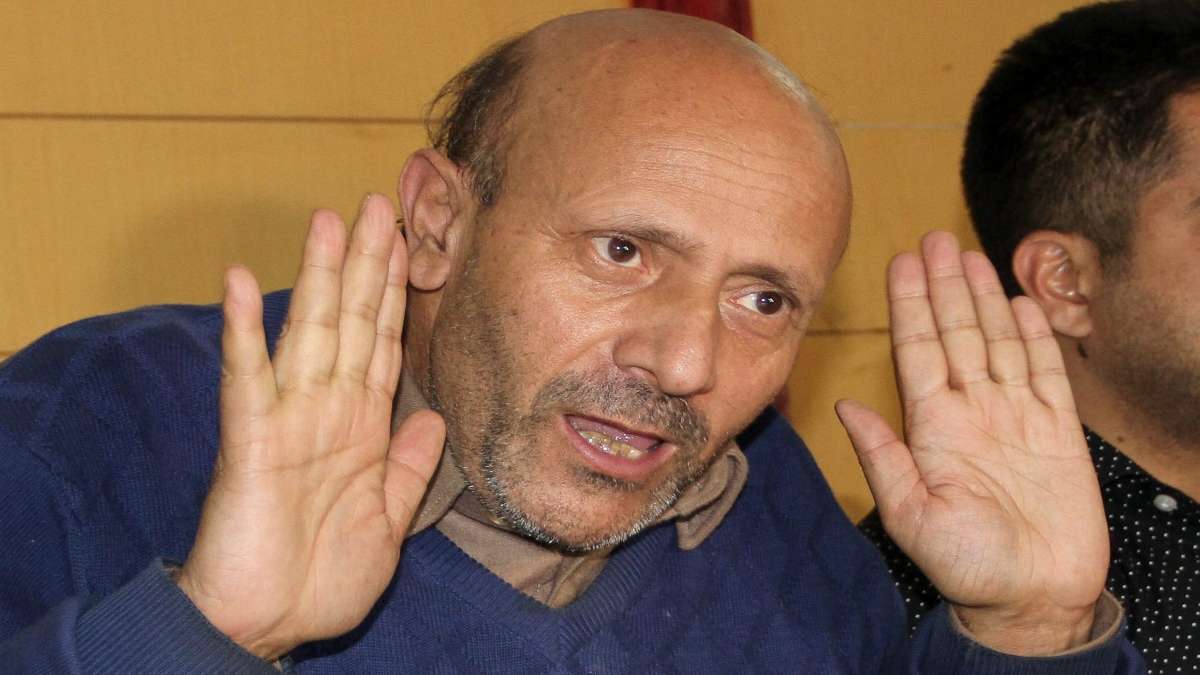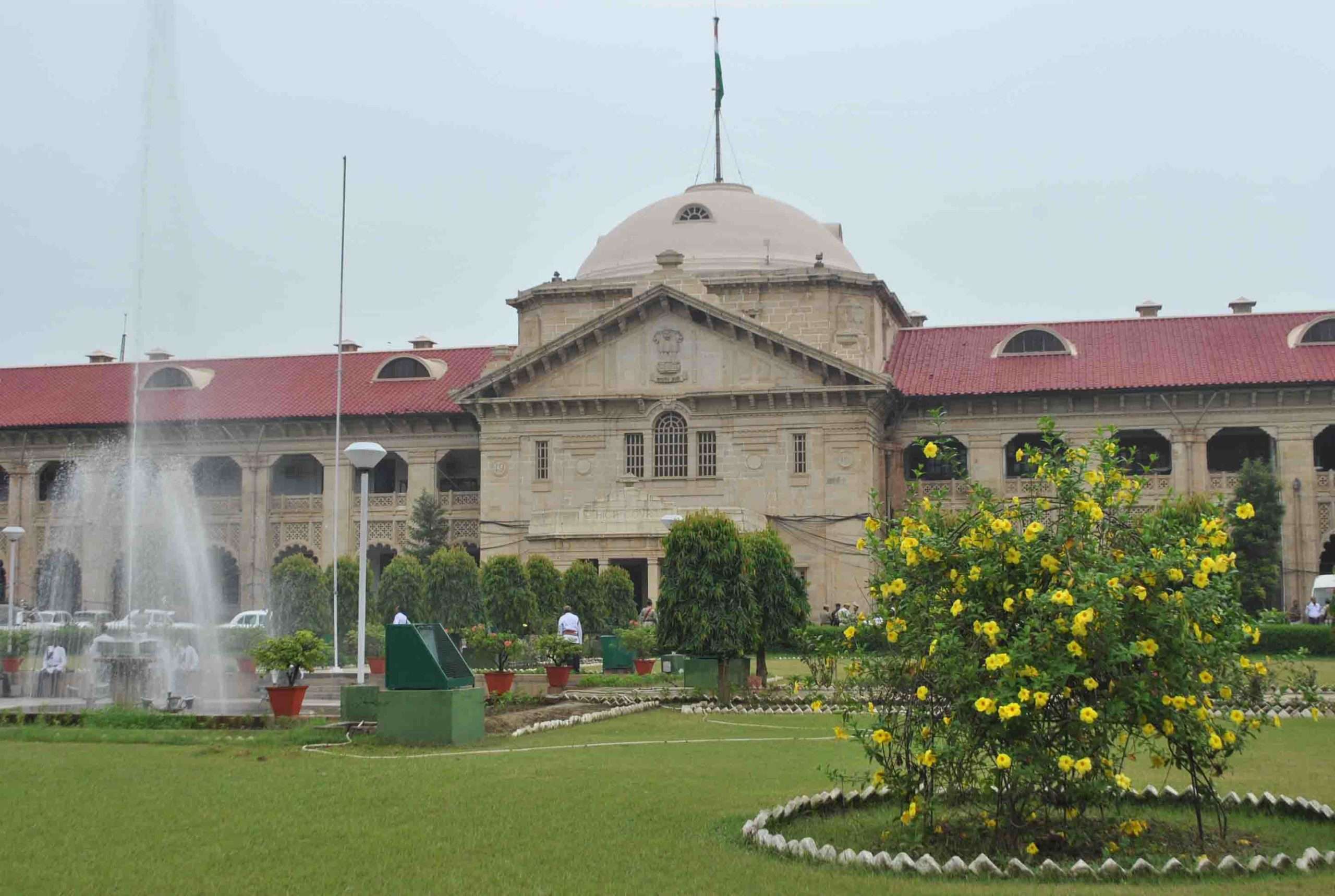The Next Generation Launch Vehicle (NGLV) is a rocket being developed by the Indian Space Research Organisation (ISRO) to replace its ageing workhorse, the Polar Satellite Launch Vehicle (PSLV), which was built in the 1980s. This was announced by S Somanath, the chairman of ISRO, at a news conference held on October 13 at the Liquid Propulsion Systems Centre (LPSC) at Valiyamala in line with the “Engineers Conclave 2022.”
“PSLV was developed in the 1980s and it does not serve the needs of the 2020s. There needs to be an evolution,” added Somanath. He declined to provide a specific date but stated that ISRO would discontinue using the rocket after carrying out the remaining launches approved by the government. Somanath responded that the NGLV will use ‘semi-cryogenic’ technology, which is both efficient and economical when asked explicitly about the propulsion technology to be used. The new rocket could also be “reusable,” he said.
“A reusable rocket will have a smaller payload than an expendable one. If it is reusable, the payload will be around five tonnes and if it’s expendable, it will go up 10 tonnes,” he added.
Somanath stated that from the very beginning of the new rocket’s development, industry involvement was crucial. This would guarantee that the ability is developed outside of ISRO in order to build, operate, and launch it on a commercial basis.
“It is possible for the industry to support and create this rocket (NGLV) as a national asset that can be operated for a sufficient period of time,” he said earlier while speaking at the conclave.
Somanath said that ISRO is also in talks with the Union Agriculture Department to develop a “Bharat Krishi satellite” that will study crop growth pattern, spot irrigation deficiencies, and provide information that will provide support in pest control and the verification of farm insurance claims in addition to serving a variety of other purposes.
“We will give support to the Agriculture department. The satellites will be owned and operated by them. A minimum of two satellites will be needed to ensure proper re-visit capability,” he added.
The chairman of ISRO stated that the organization is looking into ways to expand civilian usage of NaVIC, the nation’s own satellite navigation system. He acknowledged, though, that the efforts have not yielded any concrete results.
“It is penetrating slowly into the civilian sector. But the primary goal of NaVIC continues to remain as a service to the strategic sectors,” he clarified.


